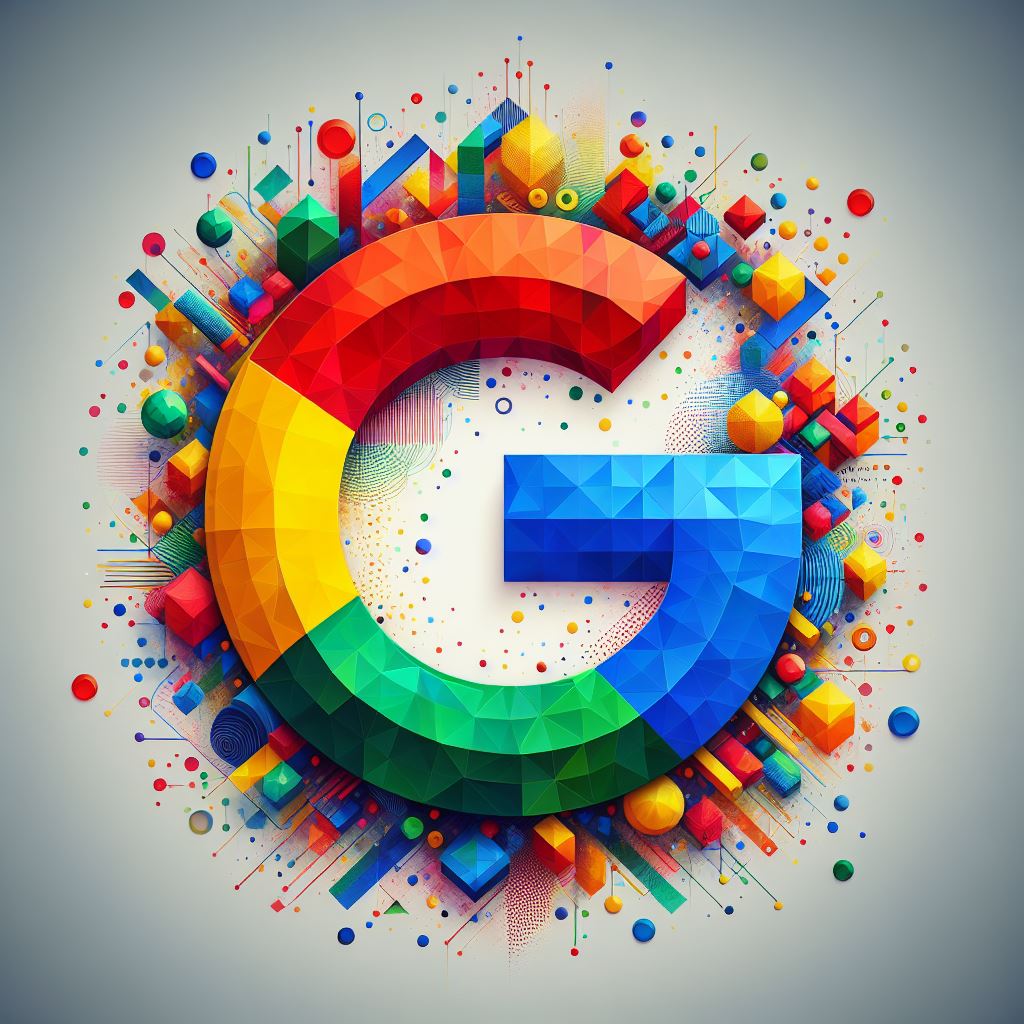Nearly everyone uses Google daily, so it really isn’t surprising that Google is also a popular choice when it comes to paid advertising. However, it’s easy to spend either too much or too little on Google Ads, especially if you’re not sure how the process works.
That’s where I come in. I run my own ads agency, Snowball Creations, and a big part of my job is helping clients figure out how much to spend on their Google Ads. As mentioned in my post about how much Facebook Ads cost, there really isn’t a specific number that applies to all businesses when it comes to their paid ads budget.
Instead, you need to know which factors impact your Google Ads pricing, so that you can make an informed decision. Keep reading to learn all about this!
Allocating a Google Ads budget
The good news is that you can basically set your own Google Ads budget so that you don’t have any unexpected Google Ads costs. Now, if you want your ads to have at least some modicum of success, you need to know about the minimum budget for paid ads, but other than that, it’s in your hands.
You get to pick how much to spend, and where to spend it. Google works with a PPC (pay-per-click) model, which means you will only pay when someone clicks on your ad. This allows you to control your spending and use your ad budget in a way that aligns with your goals and helps your Google Ads campaigns perform their best.
Keyword selection
Keywords are a massive factor when it comes to running Google Ads, as they will determine where your ads appear. Naturally, you want to spend more budget on keywords that bring in a lot of conversions.
Your keywords also affect your budget in other ways. For example, if you are vying for the top ad placement for a very competitive keyword, you’re going to be paying a lot more than you would for a very low-volume keyword.

Quality score
While your ad’s position is definitely determined by how much you are willing to pay per click, the good news is that it’s not all about money.
Google will also assign a quality score to your ad, which will evaluate the relevance and quality of your ads and keywords. The better your quality score, the less you pay.
Some factors that contribute to your quality score are:
- Ad relevance
- Click through rate
- Landing page experience
If you want to reduce your ad fees, try to optimise these areas.
Ad placement
Google has lots of options when it comes to where your ad is shown. These include the Google search network, Google display network, and YouTube. Where you decide to have your ads shown will affect your price.
Google paid search campaigns use an ad auction process, which means you need to have a bidding strategy in place to ensure that you are running an effective Google Ads campaign.
Aside from that, your bidding strategy will also affect your costs. If you’re not sure how to set up an effective bidding strategy, consider hiring a Google Ads agency to assist you with it. The quality scores of your Google ads determine where they are placed, so this truly is of the essence.

Geographic targeting and audience segmentation
A common mistake that people make in online advertising is to assume that the more people they show their ads to, the better. In theory, this makes sense. In reality, though, when you’re paying for every click, you need to make sure that your ad is being shown to people who fit your target audience and have a bigger chance of converting.
Therefore, you need to target certain locations and audiences. Of course, this will also impact your Google Ads pricing due to the competition within a specific location, but if you’re smart with your budget, you can use these demographics to work with you, not against you.
Keep optimising
Your ads should never be stagnant. You need to gather data on which ads are working and which ones aren’t, and then use that data to make changes and help your ads perform better. How much your Google Ads cost will fluctuate, so you need to strive to always make the most of the Google Ads auction system so that the Google Ads pricing works in your favour.
This is done through A/B testing. You can test two different creatives against each other to see which one performs best. You can test different copies, or audiences. Don’t just leave your ads and hope for the best – actively seek ways to improve them, so that you can make the most of your budget rather than wasting money on ads that aren’t performing.
In conclusion
If you’re new to Google Ads, it can be really easy to feel overwhelmed. There’s so much to learn. For example, when it comes to Google Ads costs, this was a very high-level overview but there’s a lot more nuance and detail to be gained.
You need to accept that there will be some trial and error. You may even lose some money before you start making money. But if you do want to skip the learning curve and have experts get started on your account, fill in the form below to get in touch with my team!